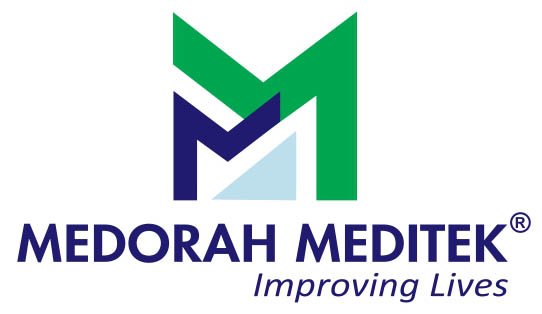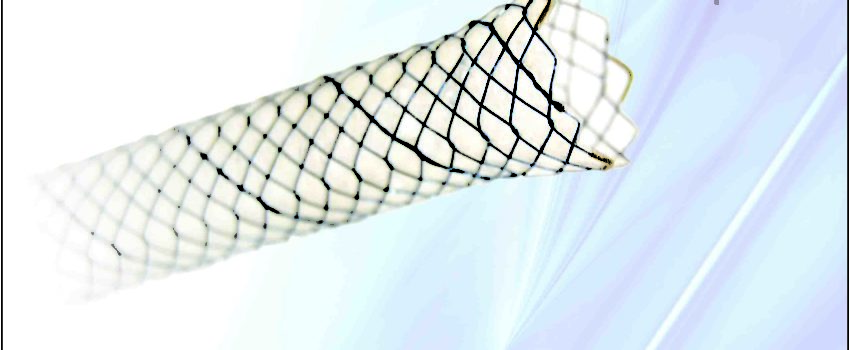Biliary drainage is a procedure in which a plastic, small and flexible tube is placed via the skin into the liver for draining an obstructed system of the bile duct.
The liver forms the bile which helps in digestion of fat. The bile flows via a series of small tubes (ducts) which drain into a large, common duct. It then empties into the duodenum which is the first portion of the bowel following the stomach. The gall bladder also stores the bile.
In case there is blockage in the bile duct, there is no normal draining of bile which collects in the liver. Symptoms ofbile ducts which are blocked are dark urine, jaundice (yellow skin), itching, light stools, poor appetite and nausea. This condition is a serious one which needs adequate treatment.
It is possible to treat the obstruction by insertion of a fine, drainage tube (catheter) made of plastic through the skin (percutaneous) into the blocked bile duct, passing the blockage and into the duodenum. Such a measure helps to alleviate congestion of the duct by permitting the bile to drain externally into a collection bag apart from draining normally through internal means.
Biliary Stenting
At times, the procedure of biliary drainage may be stretched by placing a permanent metal or plastic stent across the site of the blockage of the bile duct. This process is called as endoscopic biliary stenting.
Typically, stents are inserted following some days after draining of bile procedure and they keep open the narrow duct, without needing a catheter. The process of stenting maybe followed or preceded by biliary dilation that involves dilating a bile duct segment with a balloon for opening up the stricture.
Indications of Biliary Stenting/Drainage
Narrowing or blockage of bile ducts is the most common aspect or consideration for biliary drainage and stenting. The causes of this condition include:
- Gallstones –inside bile ducts or the gall bladder
- Pancreatitis or Inflammation of pancreas
- Tumours of liver, bile duct, gall bladder, pancreas
- Inflammation of bile ducts
- Enlargement of lymph nodes in the region of liver and pancreas because of various kinds of tumours.
- Infection
- Injury to bile ducts while conducting surgery
Biliary drainage alleviates obstruction by offering an alternative pathway for exiting the liver. It may also be useful when a hole develops in the bile duct, which causes leakage of bile into the abdominal cavity. Such a leak may cause infection and extreme pain. The leakage can be stopped by biliary drainage and the hole in the duct can be healed. The procedure also helps to prepare for surgery like removal of tumour or stone in bile duct.
The Conduct of Procedure
The procedure is conducted by interventional radiologists. These are medical professionals trained to conduct minimally invasive treatments, making use of image guidance. They have the expertise to use diagnostic equipment for imaging, like X-ray and Ultrasound to help guide instruments during surgical procedure. This procedure will be conducted in the radiology department in a room equipped with ultrasound and x-ray. Imaging helps in procedure of inserting plastic biliary stent.
These are some of the facts about biliary drainage and stenting.

